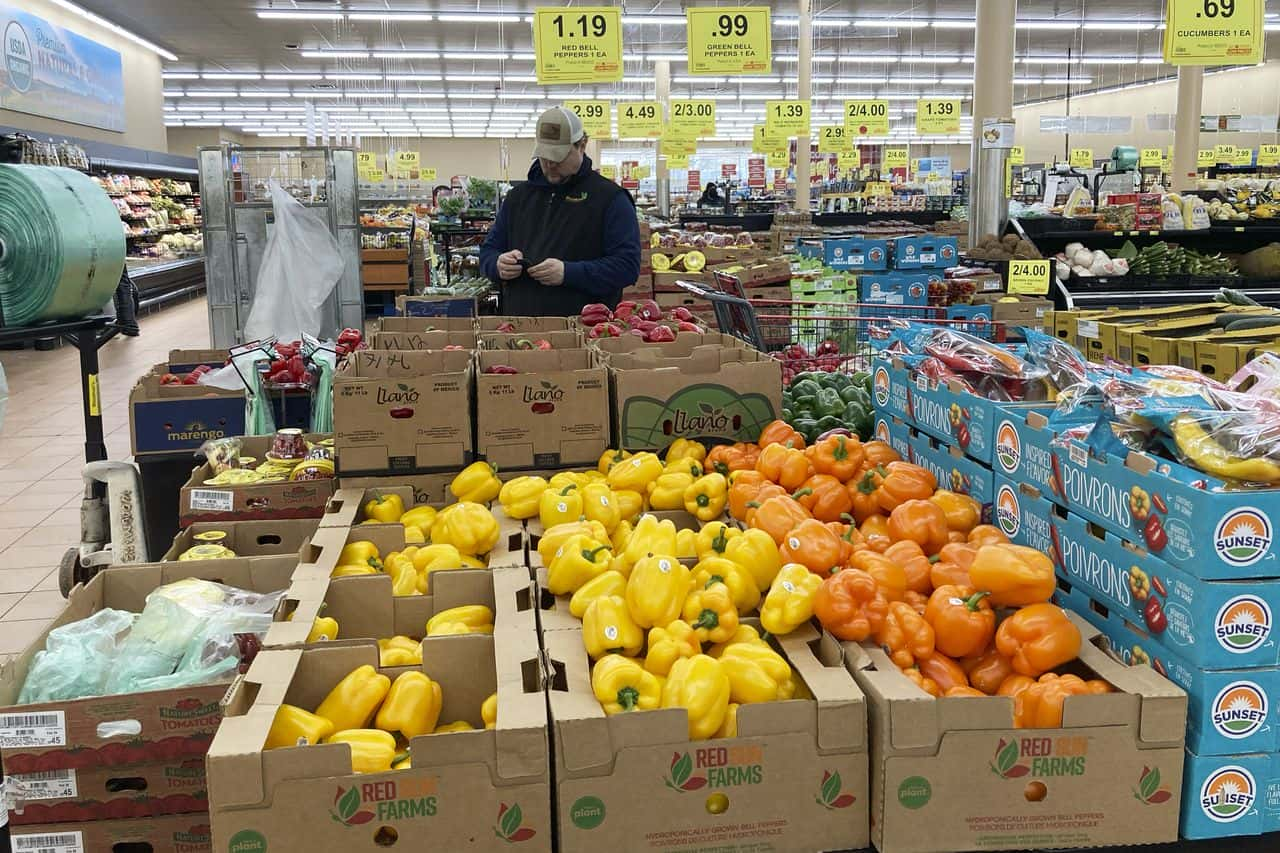AMERICANS ENJOY THE PRICES OF GOODS AND SERVICES BROUGHT BY THE COOLING INFLATION.
After two years of painfully high prices, Americans finally received some much-needed relief, with the cooling inflation US citizens have experienced since early 2021 – 3% in June compared to a year earlier — thanks in part to lower prices for fuel, airline tickets used vehicles and groceries.

The government pointed out Wednesday that we now experience cooling inflation as the inflation crushed down substantially from a 4% annual rate in May, however, it remained above the Federal Reserve’s 2% objective. Overall prices grew 0.2% between May and June, up from 0.1% the previous month but remained fairly modest.
Despite Wednesday’s better-than-anticipated inflation numbers, the Fed is widely expected to raise its key interest rate when it meets in two weeks. However, with price hikes slowing – or even decreasing – across a wide range of products and services, many analysts believe the central bank may postpone what was thought to be another rate hike in September if cooling inflation continues to persist.
“If this trend continues (cooling inflation), it takes the second hike off the table,” stated Laura Rosner-Warburton, senior economist at MacroPolicy Perspectives. “They’re probably put on hold for the rest of the year.”
Investors on Wall Street reacted positively to the good news brought by the cooling inflation, propelling stock and bond prices higher. Investors have been looking forward to the end of the central bank’s rate hikes.
Since March 2022, the Fed has increased its benchmark rate by a whopping 5 percentage points, the fastest rate of increase in four decades.
Its planned increase this month follows the central bank’s decision last month to stop rate increases after ten straight increases.
Excluding volatile food and energy prices, so-called core inflation was lower than expected last month, climbing just 0.2% from May to June, the smallest monthly gain in nearly two years. Core inflation is quite high compared to a year ago, at 4.8%, but is down from a 5.3% annual rate in May.
COOLING INFLATION CONTINUES TO BE A TREND
With the US experiencing cooling inflation, gas prices have decreased to roughly $3.54 per gallon on average throughout the US, down from a $5 peak last year. In the last three months, grocery costs have stabilized and remained steady from May to June. Milk prices have fallen for the third month in a row and are down 1.9% year on year.
Eggs, which had surged last year after an avian flu outbreak destroyed chicken herds, have plunged to $2.22 a dozen – a loss of more than 7% in only the previous month. According to government data, egg costs peaked at $4.82 in January. They are still more expensive than the pre-pandemic average of roughly $1.60 per dozen.
According to economists, cooling inflation is unlikely to continue at such a quick rate. On a 12-month basis, inflation may even begin to rise in the coming months, now that gas costs have dropped by 27% in the last year.
Black Book’s chief statistics officer, Alex Yurchenko, predicts that consumer prices will continue to fall until the end of the year, adding to cooling inflation. They are not, however, projected to fall drastically. Prices typically dip in the second half of the year before rising again in the spring as the car-buying season begins.
“We anticipate a return to normalcy,” Yurchenko said.




